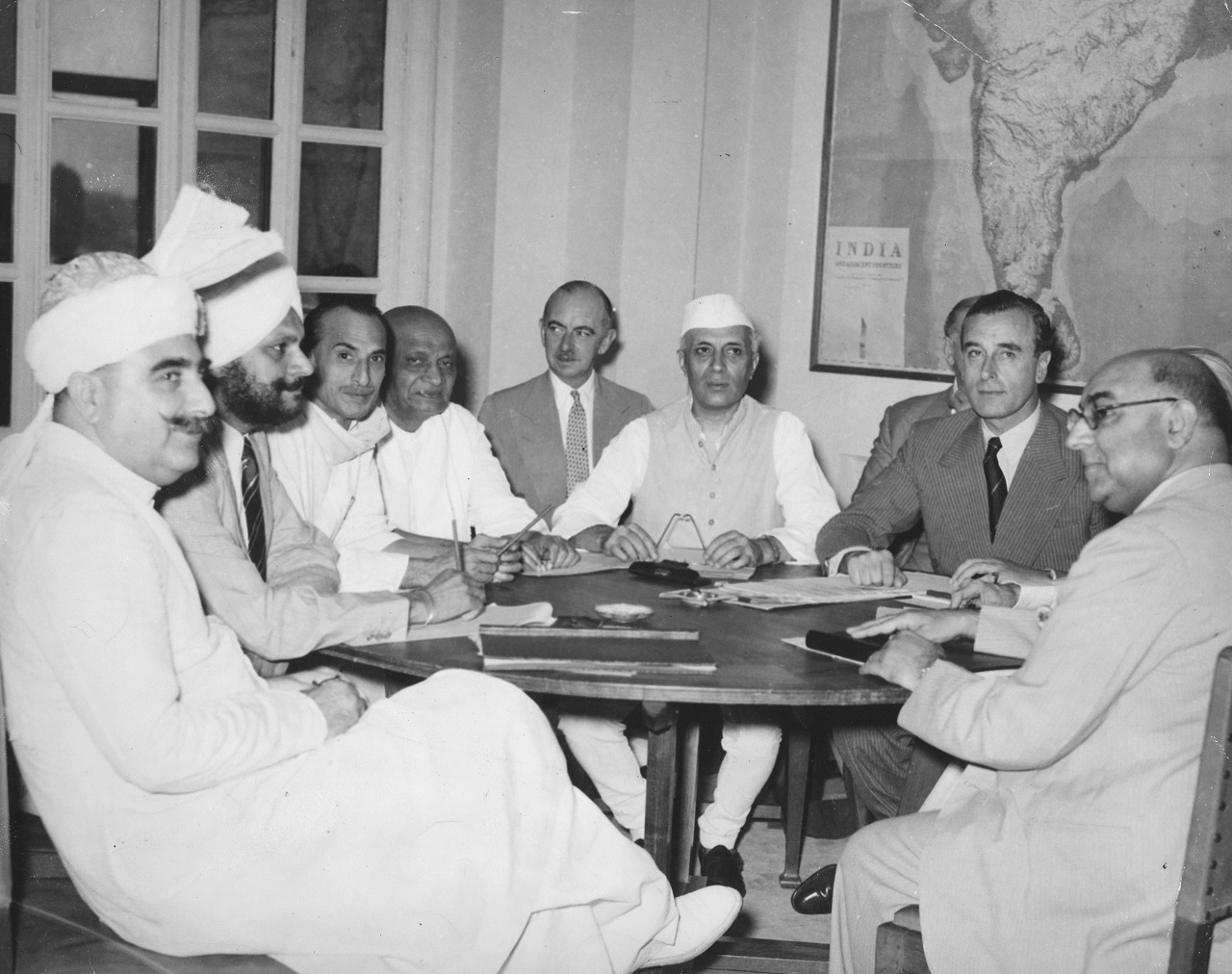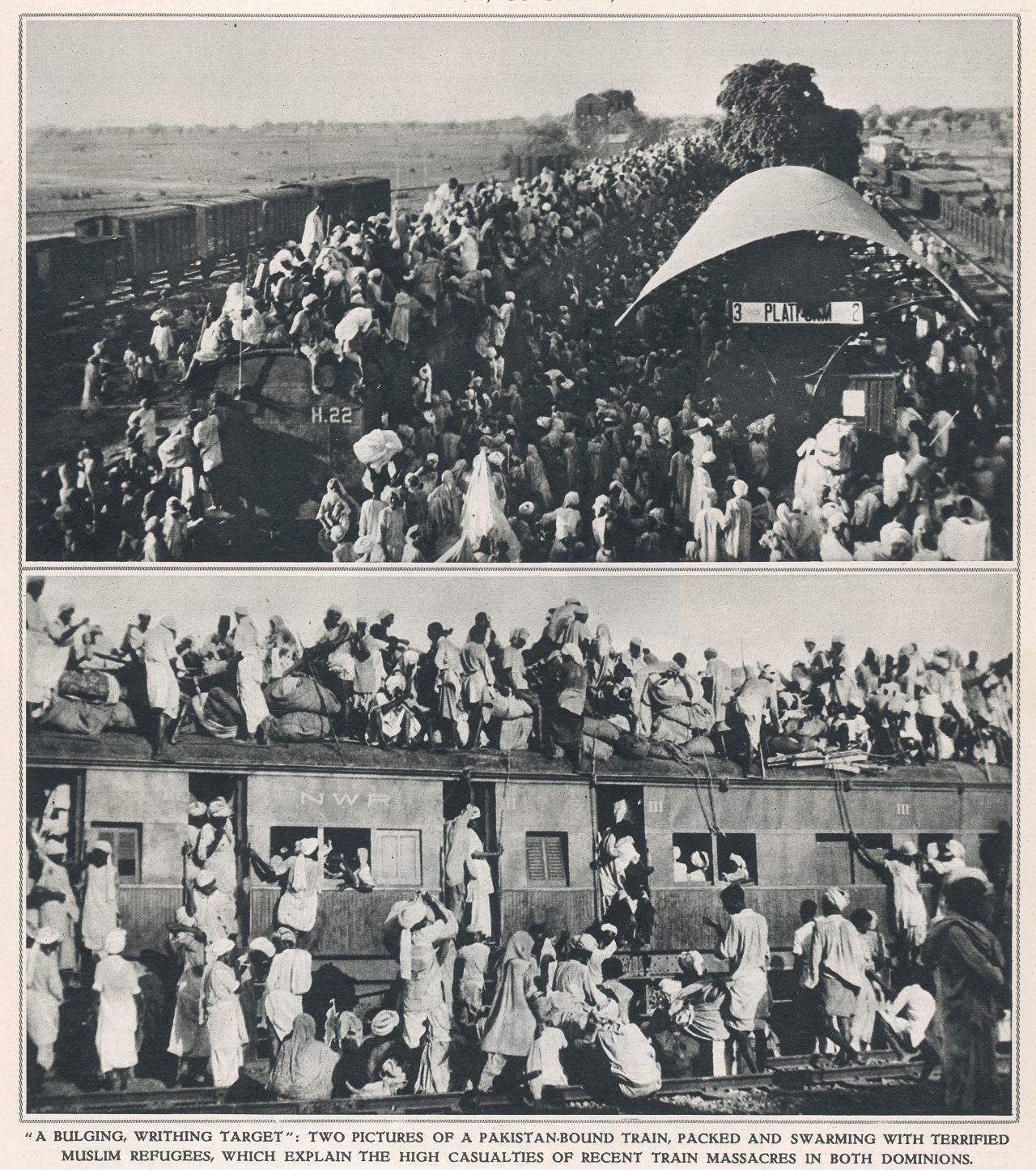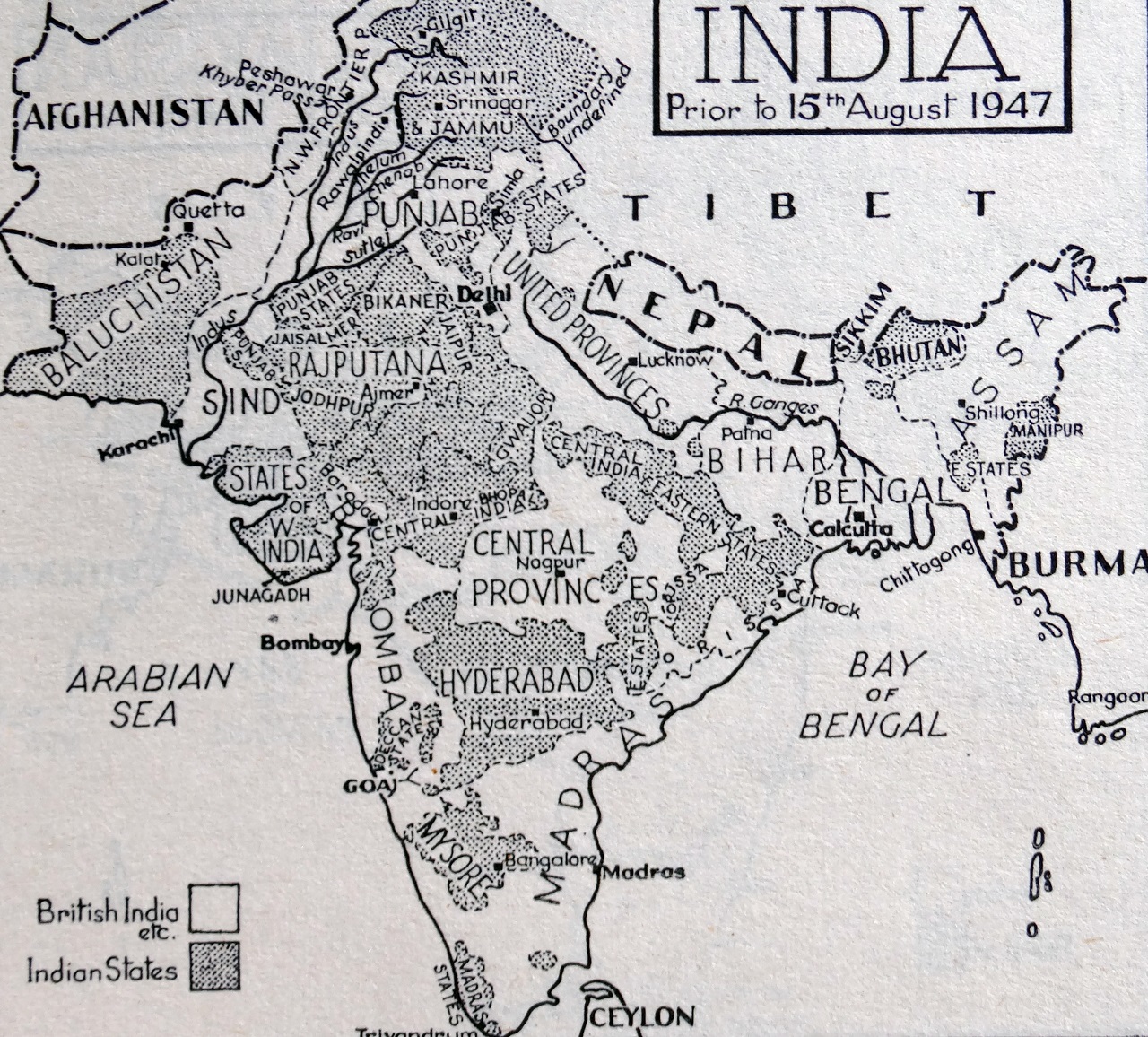The Partition of India, on the stroke of midnight on 14th August 1947, saw the departing British colonial powers divide the country.
West of the Partition became Muslim-majority Pakistan, while the rest of the country was Hindu-majority India.
The result was one of the greatest forced mass migrations of humans in history.
Carole Clancy-O'Hehir
Sydney woman Carole Clancy-O'Hehir was six years old and living in New Delhi during Partition.
Her father, Allan Clancy, was a pilot for the Indian National Airways.
His passengers included the last Viceroy of India Lord Mountbatten, Muslim politician and later Pakistani Governor General Muhammed Ali Jinnah, and India's first independent Prime Minister Jawaharlal Nehru.
His most famous passenger was independence leader Mahatma Gandhi. Carole Clancy-O'Hehir remembers Gandhi well.
"He'd often walk past on his morning walks with his entourage, and pat us on the head, and just say 'good morning girls'," Ms Clancy-O'Hehir told SBS World News.
"We just thought he was a sweet old man."
Ms Clancy-O'Hehir remembers seeing Gandi's body covered in saffron at his funeral. For years she thought everyone turned yellow when they died.
A hat Gandhi gave her father, made of fabric he had woven during a fast, remains one of Ms Clancy-O'Hehir's most treasured possessions.
"He'd given it to dad as a memento of their friendship," Ms Clancy-O'Hehir said.
Displacement of Sikhs, Muslims, Hindus
Partition, through the Punjab province, displaced an estimated 14 million Sikhs, Muslims and Hindus.
Around one million people died in the conflict. East Pakistan later separated from West Pakistan, becoming Bangladesh. Ms Clancy-O'Hehir's father was involved in flying refugees between Pakistan and India. He also witnessed some of the worst sectarian violence.
Ms Clancy-O'Hehir's father was involved in flying refugees between Pakistan and India. He also witnessed some of the worst sectarian violence.

Vice-President of the Interim Government Pandit Jawaharlal Nehru and Lord Mountbatten meeting on 7th June 1947. Source: Getty
"New Delhi airport had been closed because of riots," Ms Clancy-O'Hehir said.
"They stopped the train halfway along the rails and came onboard and ... Hindus at that stage were killing the Muslims, but then it happened on both sides," she said.
"They just killed them all.
"The train got into New Delhi and there wasn't a soul there.
"He started walking home because there wasn't a car on the street, just bodies everywhere," she said.
Partition divided many formerly harmonious communities.
Balwant Chadha
Balwant Chadha grew up in Jelham, Punjab province, in what became Pakistan. He later moved to Sydney.
From a Sikh family, he remembers playing by the Jelham river with Muslim and Hindu friends as a child. But when he was six years old, that all changed.
"Muslims started hating, Hindus started hating, Sikhs started fighting so we were all scared, of the killing," Mr Chadha told SBS World News.
He remembers terrified neighbours seeking shelter at his family home.
"At night they used to come into our house and we used to lock the doors, and then climb up and go on the roof," he said.
"People carried stones and hot water, so if people came to break the door or something they'd put hot water on them."
Mr Chadha's family decided to flee the newly-formed Pakistan, taking a heavily overcrowded train east. His baby sister starved to death on the journey.
"A lot of people died on that train," Mr Chadha said. "I can still remember so many children crying, mothers crying," he said.
"Young girls being raped."
Mr Chadha later returned to his ancestral home in what is now Pakistan with his niece, British film director Gurinder Chadha, for an episode of the BBC's 'Who Do You Think You Are?'.
Ms Chadha's recently released film 'Viceroy's House' is loosely based on her family's experiences of Partition.
As Sikhs and Hindus left Pakistan, Muslim refugees were coming the other way. Now 87 and living in Melbourne's east, Islamic Scholar Dr Abdul Khaliq Kazi, remembers meeting many of them at the train station in Karachi to offer them food.
Now 87 and living in Melbourne's east, Islamic Scholar Dr Abdul Khaliq Kazi, remembers meeting many of them at the train station in Karachi to offer them food.

Two trains packed with Muslim refugees en route from Delhi to Pakistan. Date: 1947 Source: AAP
He said while many in Pakistan were euphoric at becoming independent, many others were suffering.
"It was a joyful time, but also a painful time," Dr Kazi told SBS World News.
Dr Kazi said his Muslim family had lived peacefully next door to Hindu neighbours his whole life before Partition.
He believes the religious divisions were encouraged by the British in order to rule more easily.
"Divide and rule pays dividends for a short time," Dr Kazi said.
"Then of course, those people you have divided, you leave them behind, to sort it out." After coming home to Australia, Ms Clancy-O'Hehir was surprised to find few people were aware of the bloodshed over Partition.
After coming home to Australia, Ms Clancy-O'Hehir was surprised to find few people were aware of the bloodshed over Partition.

Map of India before the Partition of the British Indian Empire that led to the creation of India and Pakistan 1947. Source: Getty
"It was one of the most horrendous things in the world and it was just sad, that the rest of the world didn't really realise how bad it was," she said.
"If people know about things, then hopefully it doesn't happen again."

